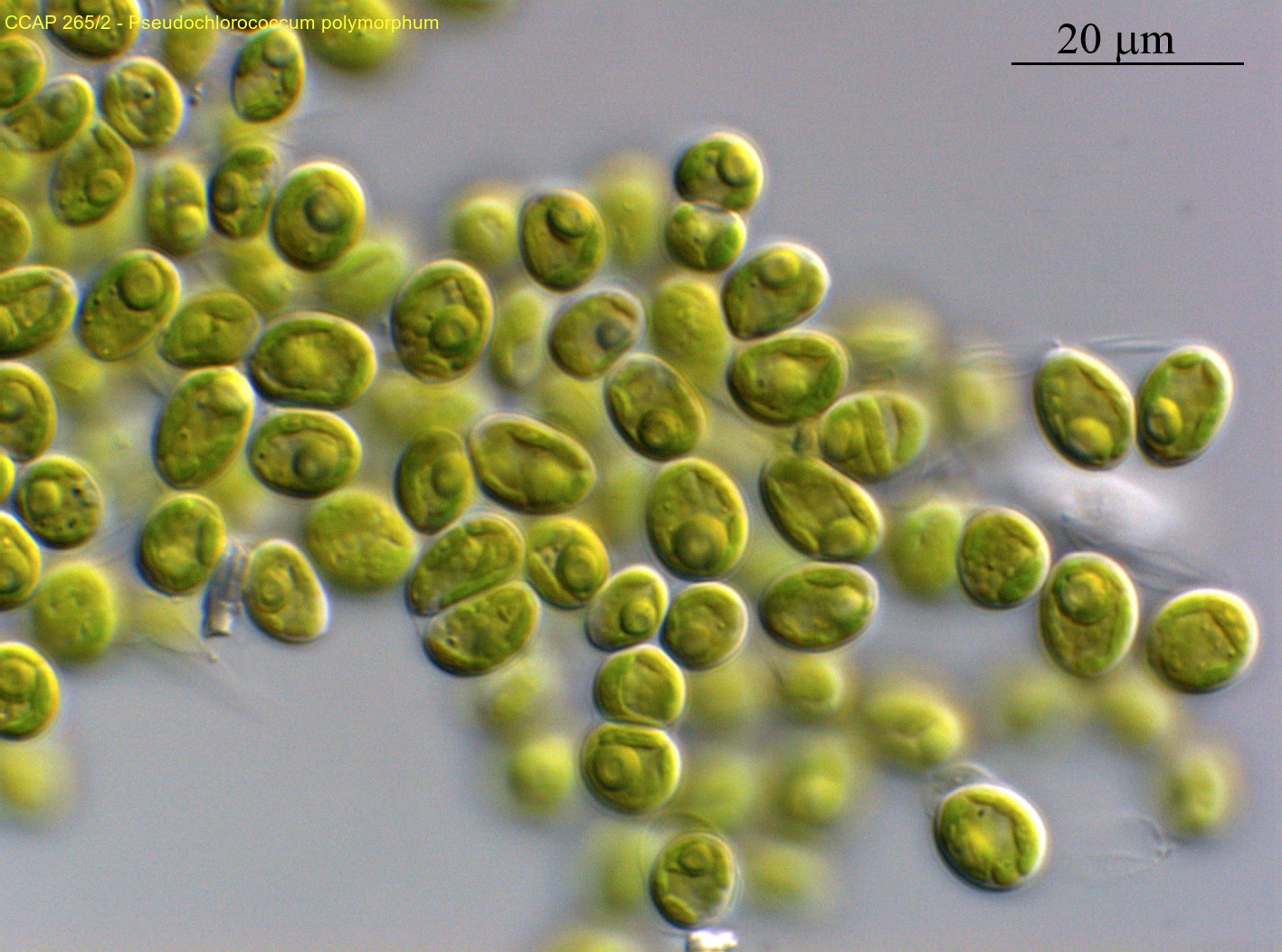
So why grow algae?
Micro-algae comprise a vast group of phototrophic, unicellular organisms with an immense range of genetic diversity. They can be cultivated under a range of conditions, meaning they can grow in often difficult agro-climatic environments. In addition, they exhibit rapid growth rates and as a result of the tremendous metabolic diversity are a resource for a wide spectrum of bio-based applications and bioactive molecules.
There is great commercial value in algal products. Current markets include speciality products and neutraceuticals, including pigments, omega-3 and -6 fatty acids, vitamins and whole algae as a health food item or for inclusion in cosmetic preparations. Due to demand exceeding supply a Norwegian health product company has recently made a substantial investment in the production of natural astaxanthin from micro-algae. The high quality product is produced by Icelandic based Algalif AS with support from Iceland’s minister for industries and innovation –http://www.invest.is/press–media/news/invest/microalgae-production/212
Other signi ficant areas are production of high protein algal biomass, replacement of fishmeal in aquaculture or agricultural feed, and production of material for anaerobic digestion and bioenergy. The algal production company Cynotech, based in Hawaii, has been cultivating Spirulina pacifica for many years. The microscopic blue-green alga is an excellent source of easily absorbed, high quality protein combined with other valuable biomolecules. Cynotech net sales for 2016 financial year was USD 31,568,000 – http://www.cyanotech.com/spirulina.html
ficant areas are production of high protein algal biomass, replacement of fishmeal in aquaculture or agricultural feed, and production of material for anaerobic digestion and bioenergy. The algal production company Cynotech, based in Hawaii, has been cultivating Spirulina pacifica for many years. The microscopic blue-green alga is an excellent source of easily absorbed, high quality protein combined with other valuable biomolecules. Cynotech net sales for 2016 financial year was USD 31,568,000 – http://www.cyanotech.com/spirulina.html
The increasing aquaculture market is particularly pertinent for the ASLEE project. In aquaculture systems, micro-algae can be used directly to nourish larvae, for example for shrimp or bivalve shellfish, alternatively it can be given indirectly via zooplankton to hatchery fish.
“Future for industry is green”


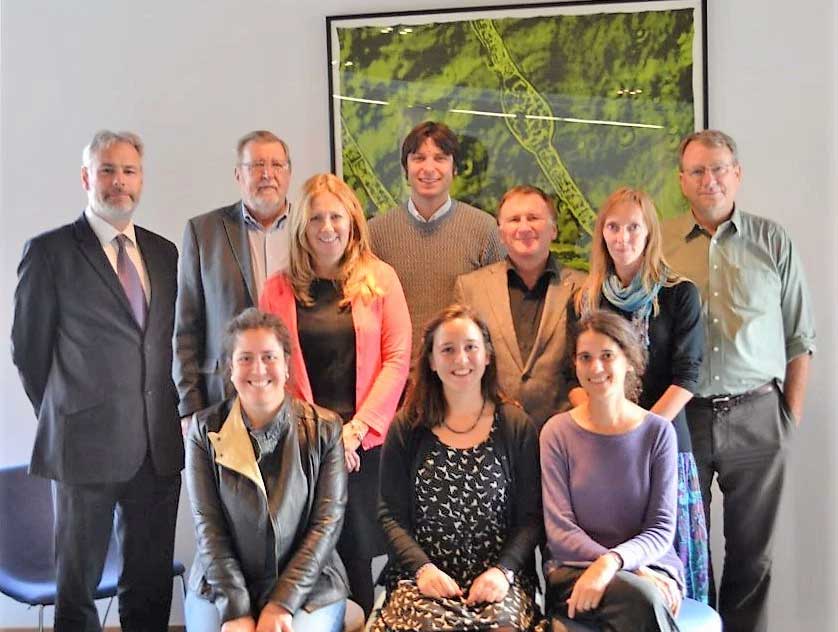
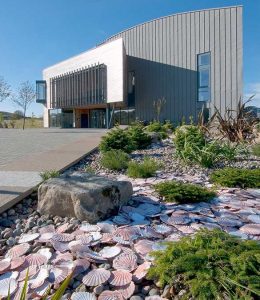
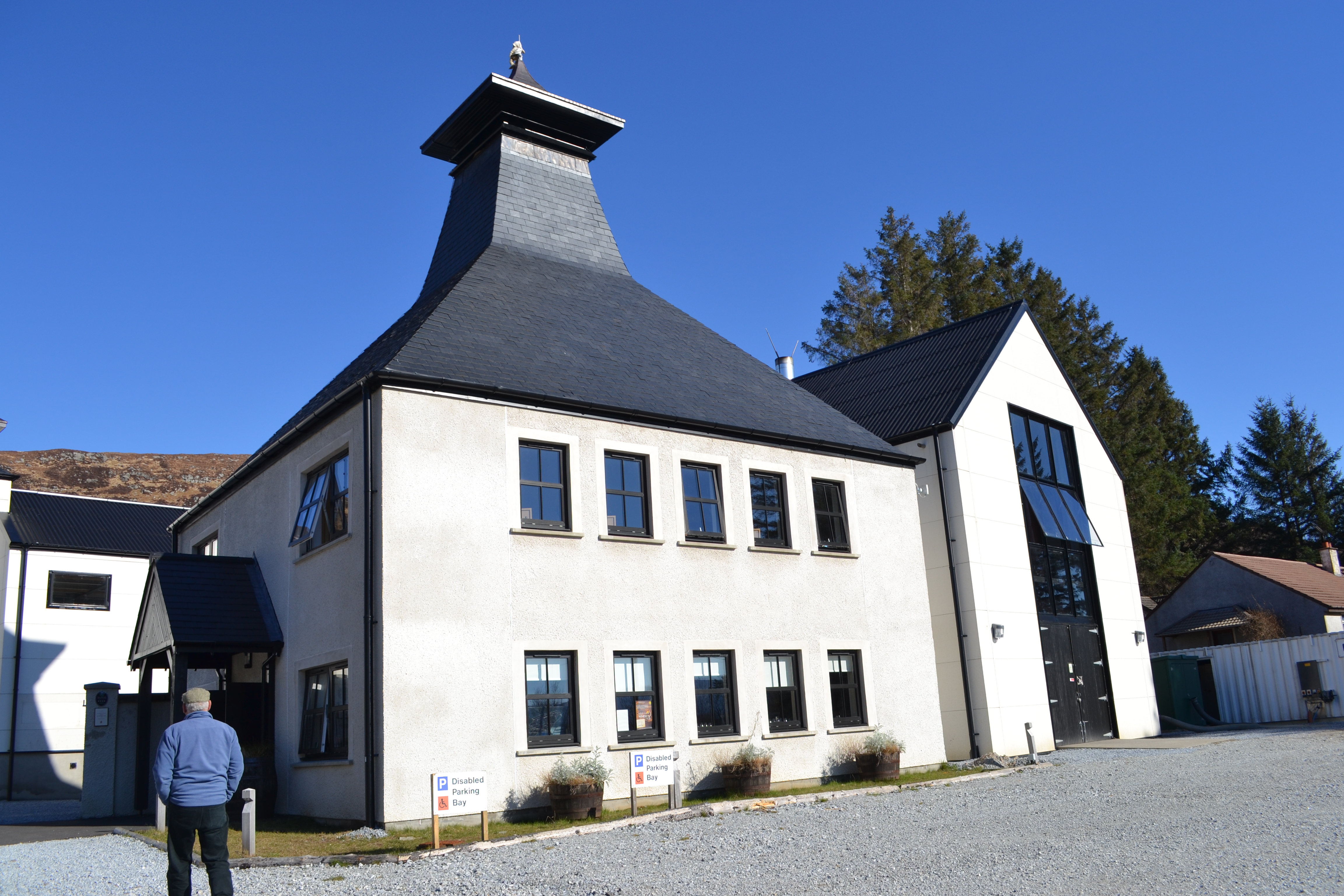
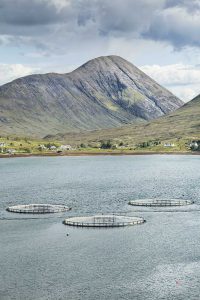 onomy is a generic term for an economic framework that is a closed system, based on complex natural cycles and systems, ultimately depleting no natural resources and producing no waste or pollution – in contrast to a linear economy, which is a ‘take, make, dispose’ model of production.
onomy is a generic term for an economic framework that is a closed system, based on complex natural cycles and systems, ultimately depleting no natural resources and producing no waste or pollution – in contrast to a linear economy, which is a ‘take, make, dispose’ model of production.